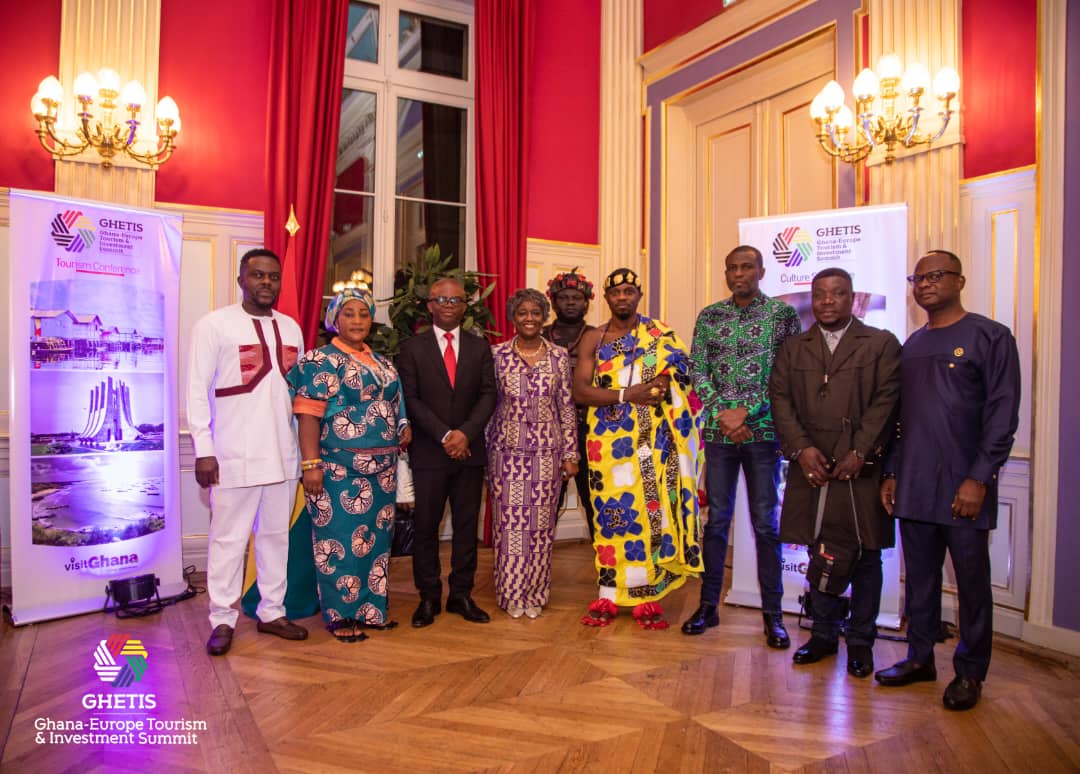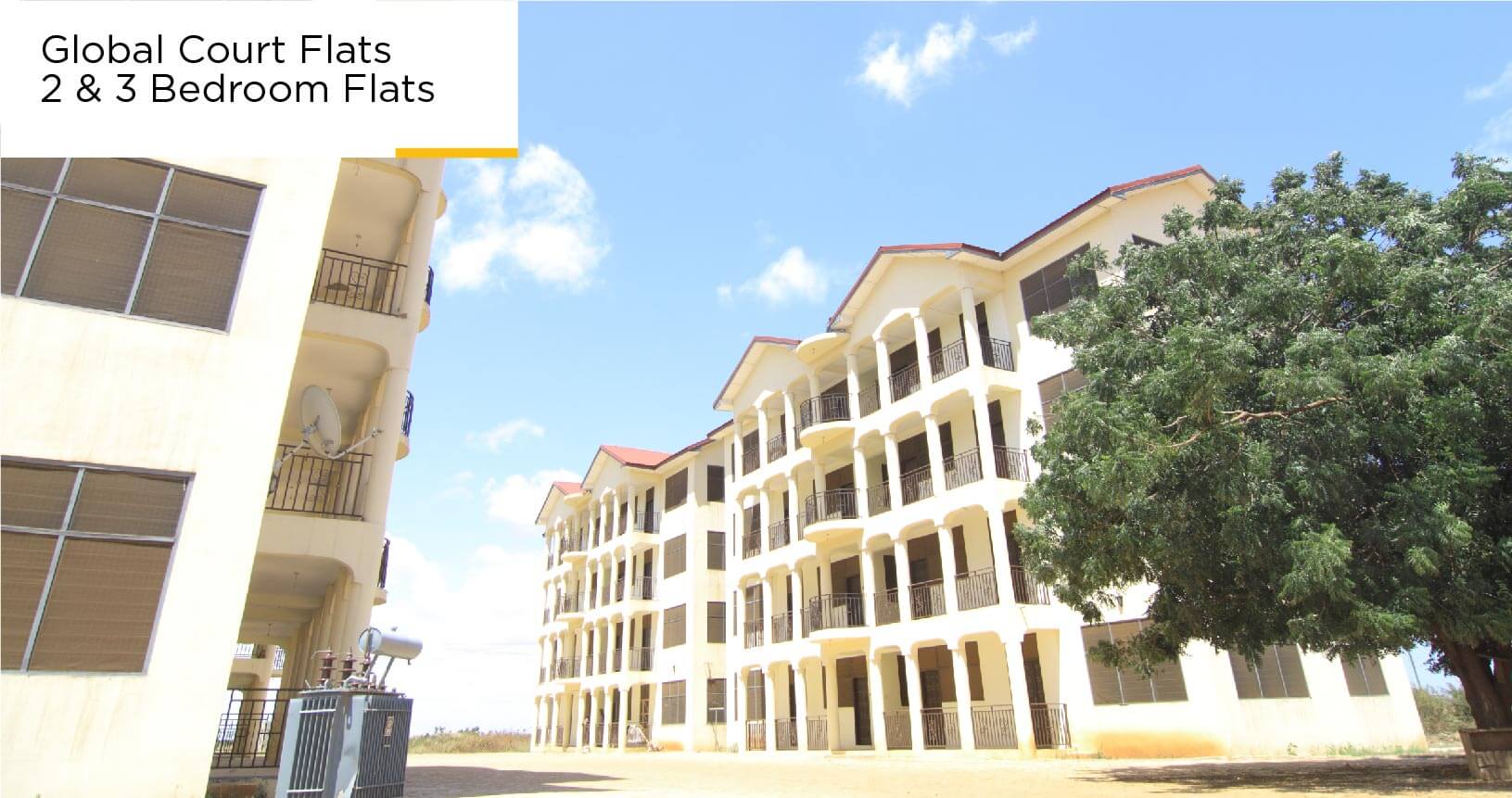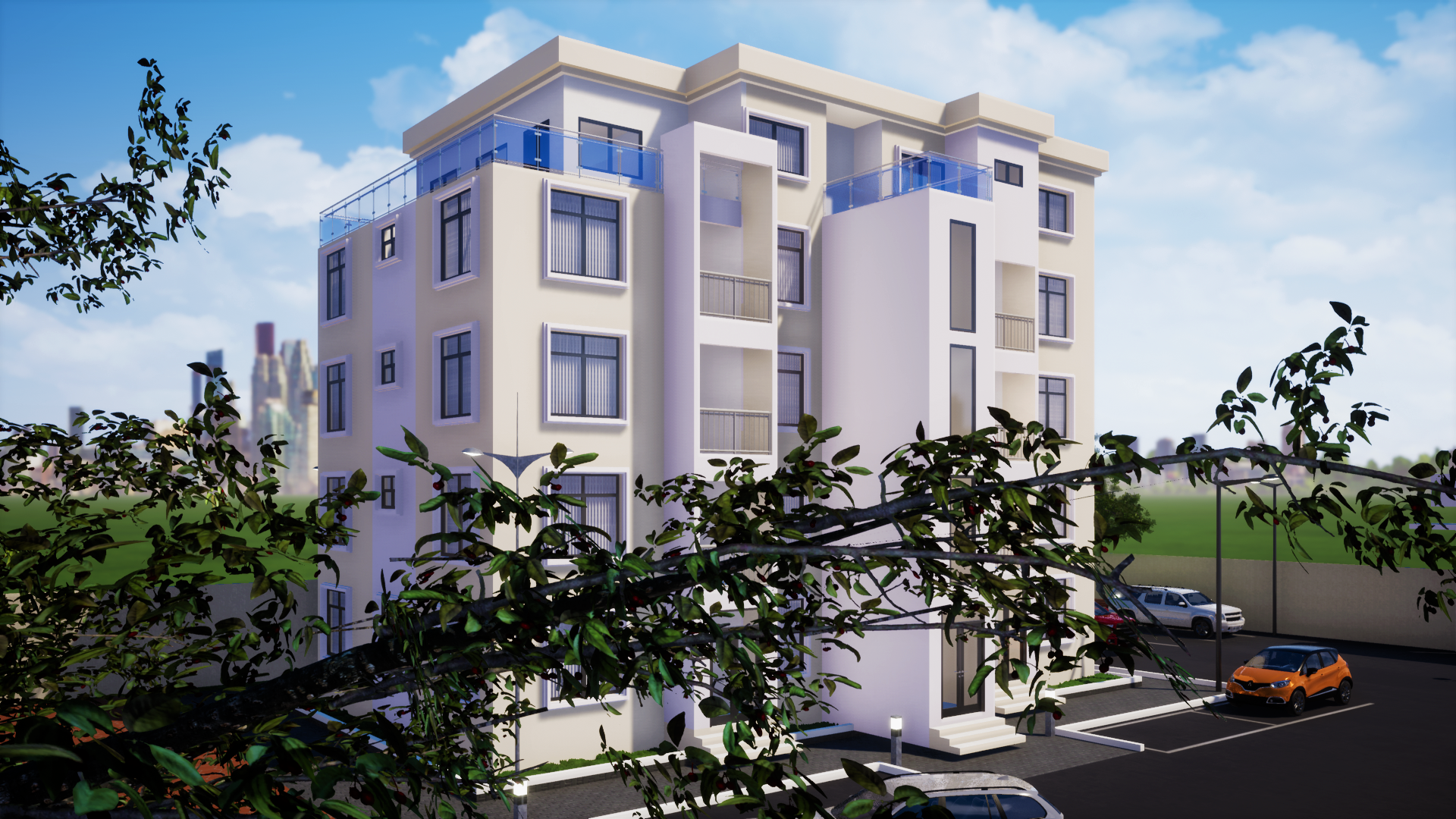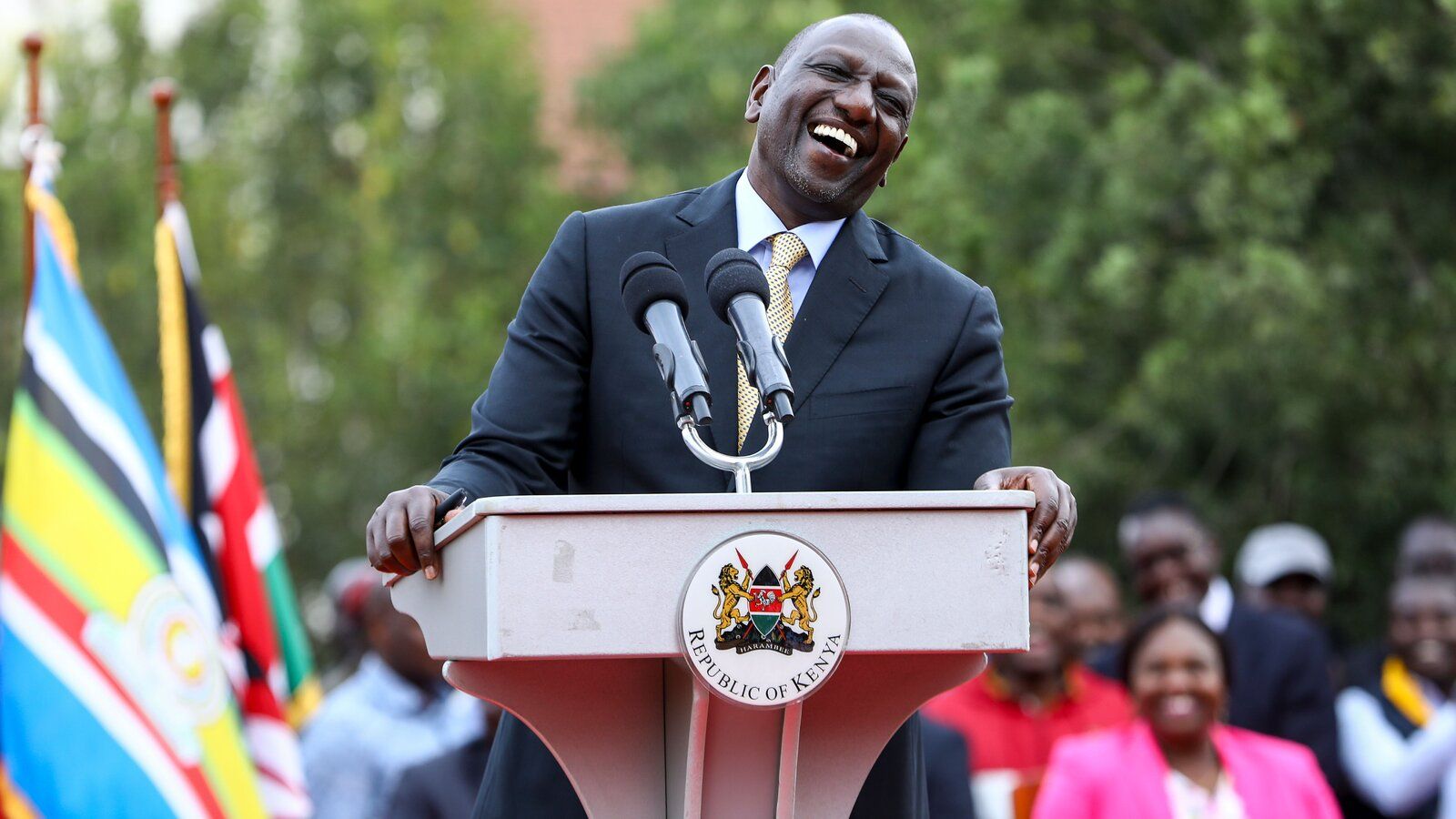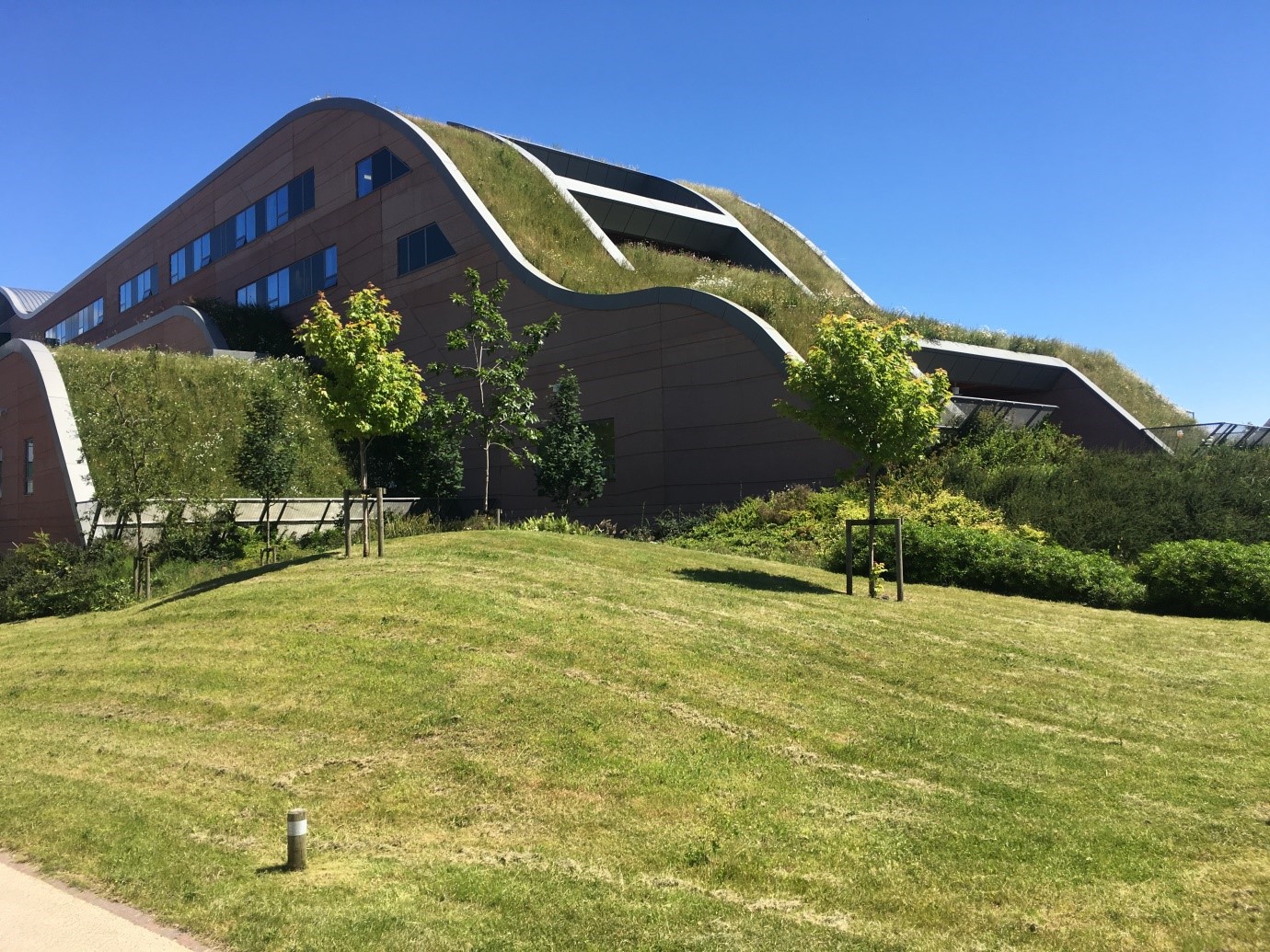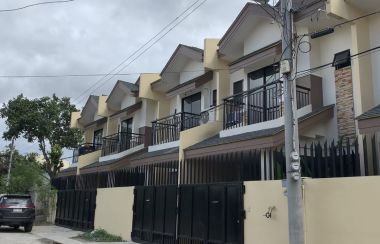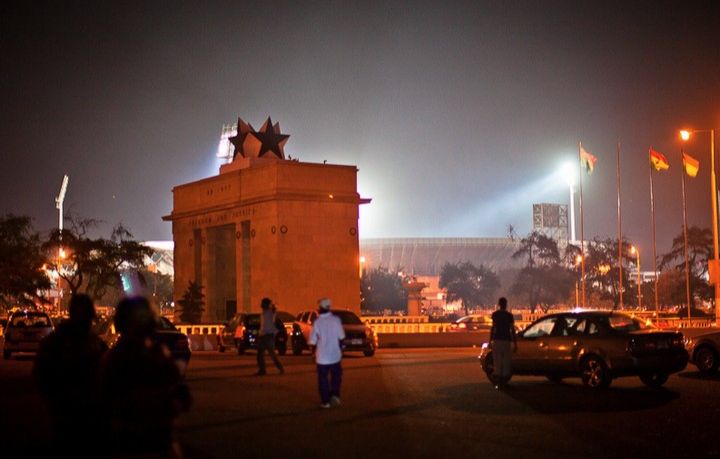One of the largest hydroelectric plants currently under construction in Nigeria – one of four such facilities that when finished which will triple the country’s current hydro generation – is now nearly one-third complete, according to local press reports.
The $1.3bn 700MW Zungeru hydroelectric plant, which is being built on the Kaduna River in Niger state by a joint venture between Chinese firms Sinohydro and China National Engineering Electric, will comprise four 175MW turbines. China Exim bank is providing 75% of the financing for the project, with local media reporting in June that around 30% of the work on the facility has been completed.
The project has faced a number of hurdles, including legal challenges relating to noise and environmental issues, and a court order that temporarily suspended construction work in March last year. Local communities have lodged a number of complaints over the disruption from the large-scale infrastructure project, including blocked access to farmland, prompting the government to negotiate compensation payments for affected residents.
Minister of Power, Works and Housing Babatunde Fashola in May this year said that construction works had resumed following the resolution of all such disputes, although community stakeholders, including youth representatives, have continued to threaten further action.
The Zungeru facility is equivalent to just under one-third of Nigeria’s current total hydroelectric capacity, but is far from the largest plant currently in the pipeline.
In June Fashola said the country would work to speed up work on four hydro projects – including the Zungeru plant – with a combined generation capacity of 4035MW, which he said he hoped would all be completed within seven years.
The bulk of the added capacity is to come from a single dam: the 3050MW Mambilla project. The facility has been in the pipeline since the early 1980s, following the cancellation in 2009 of a contract for the construction of its first phase signed two years earlier. In late June, Fashola said the government was in the process of finalising procurement for the construction of the plant.
The projects are certainly needed. Nigeria has amongst the lowest levels of per capita electricity generation capacity in the world, leaving much of the population reliant on diesel generators. Total capacity in 2013 stood at 10,022MW in 2013 according to latest available data from the US Energy Information Administration, while actual output was well below this, at 3140MW. As part of wider efforts to increase capacity, the government aims to substantially increase hydroelectric output in coming years, raising capacity from 2040MW currently (or around 20% of total capacity) to 5690MW by 2020 and, under targets set by the 2006 Renewable Energy Master Plan, to 36% of total capacity by 2030. There is plenty of room for such expansion, with the authorities estimating the potential of total large-scale hydro capacity at 11,500MW.





.jpg)














